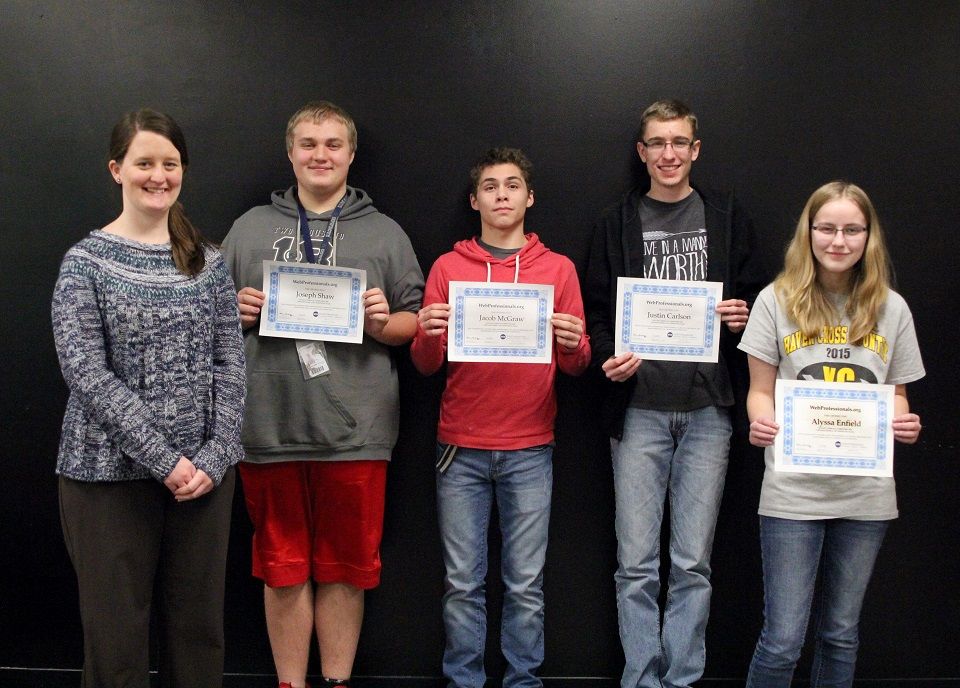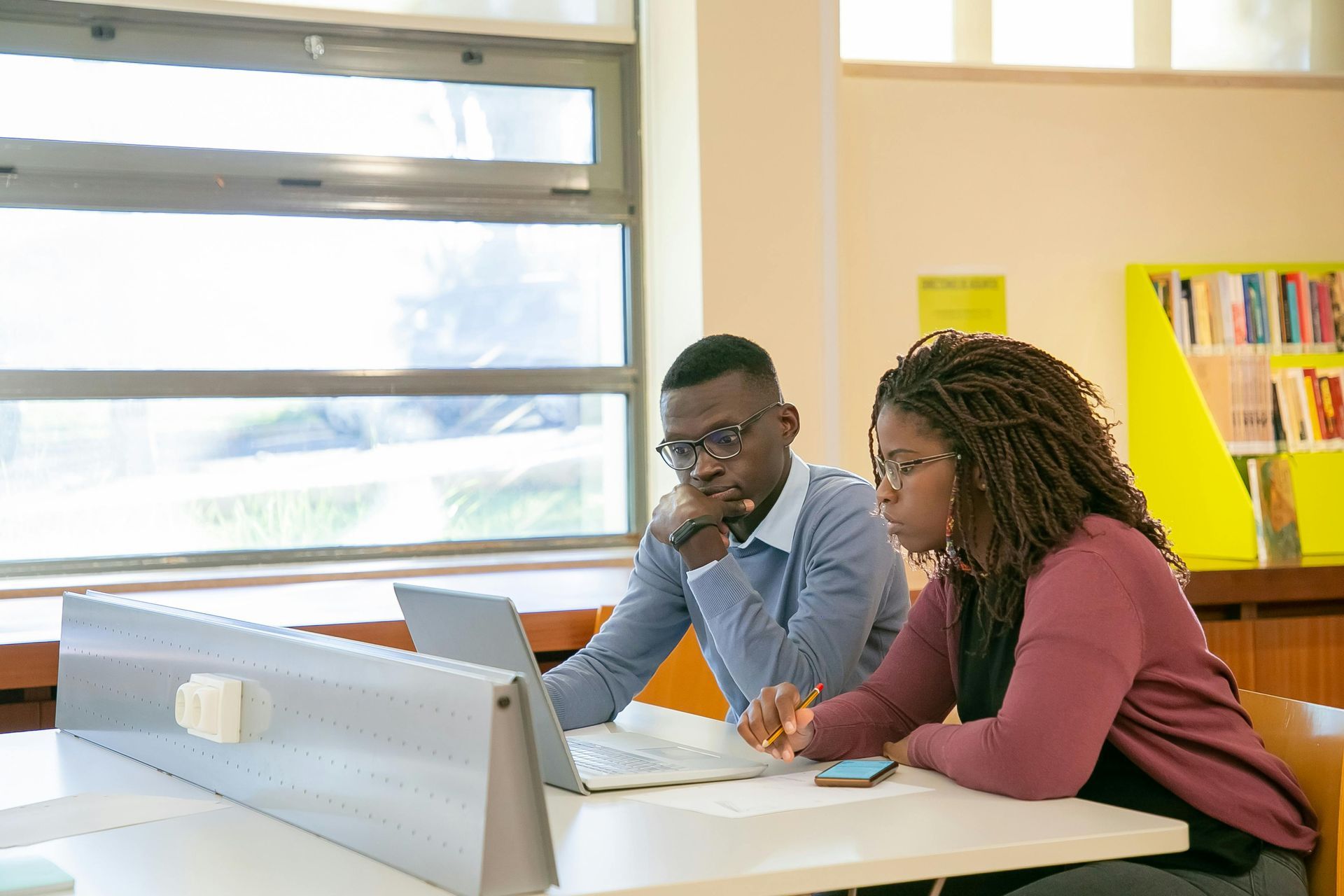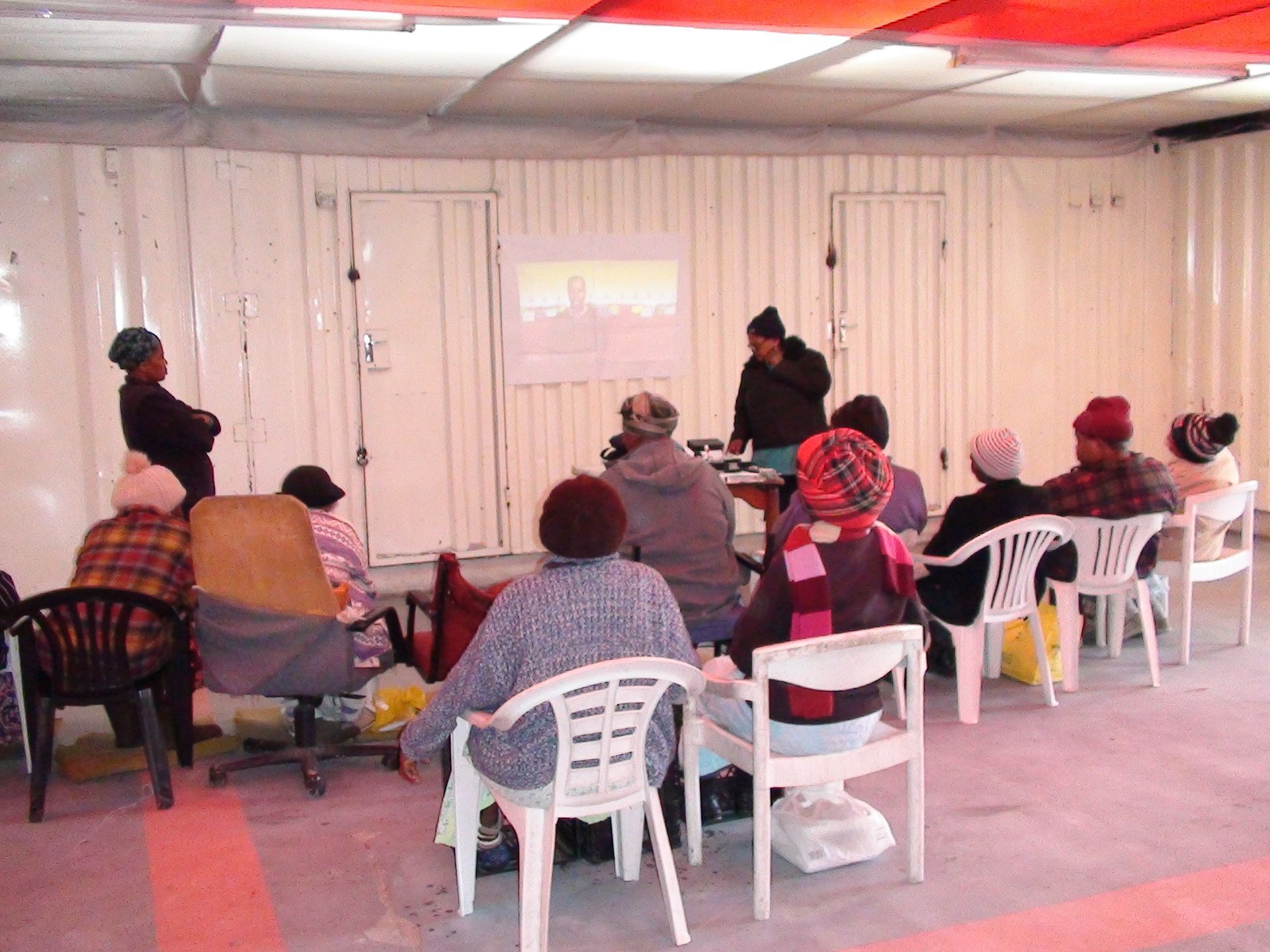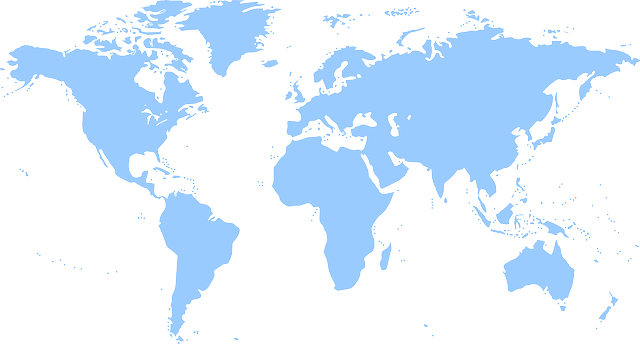Blog
What is it Like to Build a Culturally Tailored Website?
Here at CTeLearning, we are proud to equip the next generation of web designers and developers for games, mobile apps, websites and more. CTeLearning’s founder and lead developer, Steve Waddell, recently finished a multi-year project helping to create content and develop the https://lifestyleafrica.info website. Steve shares his experience working on the project and what it is like on a day-to-day basis to be part of content creation and building websites.
How did you get involved with the Lifestyle Africa Project?
Since 2007 Bret, some of our team members and I have been helping local life science researchers tell the stories of their work. Our primary goal is to help the regional life-science industry get the word out about the explosive growth in biotech, bioinformatics, animal and human health research discovery and new medical advancements that have been happening. Because of this, we have a name for ourselves in the region and many know and like our work.
What was your scope of responsibilities for the website?
For some background, Lifestyle Africa is a diet and physical activity program adapted from the US National Diabetes Prevention Program (DPP) to make it more suitable for low- and middle-income country contexts. Bret—who is our lead videographer and just an amazing talent—and I were first hired to help with the conversion of the DPP into a form that could be translated and amplified through video. We wanted to create not just talking head video but visually engaging video with heavy use of after-effects and character-driven animation.
The goal of the research was to take a large cadre of people living in the townships, use community health liaisons with a small group approach and see if a culturally relevant wellness program could affect health awareness and choices and be a part of the battle against the exponential rise in obesity and type 2 diabetes in the region. Each lesson was delivered by a local health liaison person from the community who was trained in delivering the sessions that incorporated the videos and handouts we created, leading discussions and capturing attendance and progress data.
Our role was to shoot and produce the hours of video, and then I worked on the website that would utilize all this video. This video content would become 19 sessions that would take groups through a wellness program in Nyanga and Khayelitsha, two townships around Cape Town, South Africa.
One interesting aspect was that we had to create all the videos in Xhosa, the main language in the area and an African click language. I was most excited about this aspect because ever since college I had thought that the African click languages were probably the closest thing we could ever hear of what was our mother tongue. As crazy as it sounds, the idea of working with a click language was very exciting to me.
What was your experience like working on the project?
The first issue was deciding where to shoot—here in Kansas City or in South Africa. In South Africa there may have been issues with bringing in our equipment, so we decided to do the video work in Kansas City.
The next issue for Bret and I was how to shoot video of someone speaking a language we did not know. Bret was dealing with getting all the studio, equipment and sound people set up, so I took it upon myself to be responsible for the teleprompter and figuring out how we could edit in a language we did not know. Eventually, I set up a way for us to hide a monitor slightly out of frame that was picked up on the recording and this gave us just enough info to make it work.
Here is a small group session led by the community health team. Notice the screen on the wall showing a session video we created as part of the Lifestyle Africa project.
There were a number of things our team did to support bringing the Lifestyle Africa project to fruition:
Culturally Tailored DPP Program
Our team helped with the creation of the uniquely tailored version of the DPP that would be used by the health workers to run the program in SA. The majority of our work for this portion was helping to reimagine some of the delivery approach, graphics, worksheets, animations and session videos.
Dissemination Site
We were tasked with creating the dissemination site to allow health researchers, national health organizations, and anyone worldwide who wanted to see an innovative model for making culturally relevant health and wellness programming. The site would become an interface for the Lifestyle Africa research team to connect and share their process and data with anyone working to improve health.
How did you collaborate with others to get your work done?
Working on a project of this size and scope demands collaboration. Our first and core collaboration was Bret and me spending many hours with the Children Mercy Hospital researchers (Del and Sarah) to create the storyboards and outlines for what the many hours of video would cover. The scripts were written in English and later translated to Xhosa. Then we extended and worked with the South African researchers. To do so, we needed to design the handouts to support the messaging, have the participants apply new knowledge and strategies, and self-capture their data. Because of the English to Xhosa translation, we had to use imagery that was local to where our audience was in the townships of Khayelitsha and Nyanga. To make this research and wellness project succeed, we had to make this feel “home-town” to people nearly half a world away. We spent a fair amount of time developing the aesthetic. I cannot over-stress how important this was. We spent countless hours researching to find the right images. Fortunately, Del is from South Africa and was kind to help us understand what life is like in the townships, the culture, the food, and the wonderful people who live in that part of the world. We teach all of this in our web design certification curriculum, so it really was a case of practicing what we have preached to thousands of secondary and postsecondary learners over the years.
Here are some details on the work we did—both in video work and website development:
Creating the Video Content
Setting the Aesthetic
Early on we came up with an idea for the logo and iconic background we would use to maintain continuity throughout the project. To do it right, we sent the project out to six different experienced designers to create scenes that included skyline, buildings, and people all based on a series of images we provided. We chose three of the six to sit down with so Del and Sarah could decide which one would do the final logo, background and other key branding for the project. We also had a photographer in South Africa who captured countless images for us in the townships and regions to help us with visuals that reinforced the feeling of the locale.
Video Production
We did quite a bit of prep to upload the Xhosa scripts and test them in the teleprompter. For the video production side of the project, we shot video over two weeks. We worked with Lungi, a professor from Capetown who performed the Xhosa scripts off the teleprompter, a director/producer, a camera operator running two cameras and an audio engineer.
After-effects Animation
After Bret and I designed and storyboarded the animations we were using to convey some of the key concepts in the lessons, we divided up the work between two graphic artists we had cut down from a field of eight to do the work and hold together the aesthetics and feel of the overall concept. The graphics crafted by the artists were then turned over to the team member handling after-effects to compose into the animations and other supporting graphical content for the videos. The animations felt like they took forever. Never underestimate what it takes to execute a beautifully crafted storyboard. Whatever amount of time you think it will take, triple it.
Video Post-production
With the rough cuts and animations ready, it was time to bring it all together. Our main editor first cleaned up the video and made sure we had a solid base. Then the editor (Bret) and our director/producer (Steve) got together to overlay the animations based on the original storyboards. A significant amount of Diet Coke, coffee, and unhealthy snacks were consumed. The irony of how bad our team was eating while working on a wellness program was not lost on us—it just reinforced why it is so hard to truly make healthy choices all the time. We did this in groups of two or three videos each. We would send the videos to South Africa and the Kansas City team, and then would have meetings with the Kansas City research team and bring the South Africa researchers in to get their feedback. With 19 videos in total, we repeated this process at least a half dozen times. Post-production is always a grind, but the reward is seeing the vision coming together. Once the videos were all done, we then went through the final process of closed captioning in Xhosa. The .srt files (timed closed caption file format) were hand-created and another labor of love. I still get the caffeine shakes when I think back to some of those days.
Creating the Dissemination Website Lifestyleafrica.org
Initial Site
One of the most important aspects of research is dissemination. If you are trying to affect community health, doing the research and then locking it away in a file cabinet or letting it slowly grow old on a hard drive somewhere is counterproductive. So we worked with David, Kelyn and Holly, all brilliant web designers, to help us build the basic site concept for us. For those of you who care, it was done with customized WordPress deployment. Holly did some great work to establish the branding, style and feel of the website
Did you encounter any challenges throughout the course of the project?
Any project of this scale with so many moving parts and in a language that we could not speak will have its challenges. Of course, there were times we had to solve problems. But the reality is simply this—you just do it. Whining doesn’t solve problems. We also had a village doing this. I love to say “it takes a village,” and I really mean it. We had built a community around this project that spanned 3 continents. Everyone was a professional, and whenever we hit a speed bump we got over it as a team.
Also, the site got hacked. We got blacklisted by Google, Yahoo… everybody. It was a surreal experience. But I learned more about security and WordPress vulnerabilities as well as how to lock down a site, layer in additional security, and then get the domain back on the friends list with all the search engines. This had never happened to me before. I did cheat, or rather took a shortcut to fix this. I used my membership to WebProfessionalsGlobal.org and I was able to tap into their resources, training, and other professionals to help me out. I learned so much from that.
What soft skills and hard skills did you utilize while working on the website?
I will revisit the village analogy. When you are working with so many people on different continents from very diverse backgrounds and cultures, you better have great soft skills. Another thing we teach in our career courses is about how the hard skills will get you hired but the soft skills will keep you employed. Everything we do every day is in the service of others. If you do not understand that, then you are toast.
Communication is king. How you communicate is key to avoiding misunderstandings. When misunderstandings happen, it is the trust you have built through all your communication and how you have been transparent in your work that gives everyone the confidence that you are a person of integrity. Hard skills in many ways are easier to learn, as they can be gained from a book or video. Soft skills take longer to develop, and they represent the core of who you are.
What did you learn while working on this project that you will apply to future development projects?
I learned a ton about WordPress plugins and vulnerabilities. I will never forget to do a painfully obnoxious pedantic review of every plugin that even looks at a WordPress site I build.
I also learned that taking on a project of this scale requires adaptability. You can’t let your fear of potential problems or even failure prevent you from taking on big projects—that is how you learn.
What would you tell others who may be interested in learning how to develop websites?
You probably already know what I will say to this. We build curricula to teach web development. Our curricula leads learners to getting international industry-recognized certifications. So, what would I tell people? Get some schooling and make sure that what you are doing is aligned to real certifications like the ones that the Web Professionals Organization offers. Stay far away from the companies that are just testing companies. I have hired people with those types of credentials and most of the time they did not last long. So, learn and earn real credentials. And have fun doing it. With web design and development, you are creating something from nothing. You type in some words into a file, that file is then loaded by a browser, and those words you typed create something amazing.
Learn How You Can Build Websites
If you are interested in learning about how to gain the skills and industry-recognized certifications needed to become a web developer or web designer, contact us today at 913-764-4272 or swaddell@ctelearning.com for a free demo of our curricula. We work with individuals and schools all over the country and globe to develop professionals in exciting STEM fields.
The post What is it Like to Build a Culturally Tailored Website? appeared first on CTeLearning.
Share To
Get in touch with us today!
You can book a demo directly using Calendly, call us directly at 913-764-4272 or 877-828-1216, or submit the form and we will reach out to you.
We look forward to helping you and your students.

Most Recent Posts






